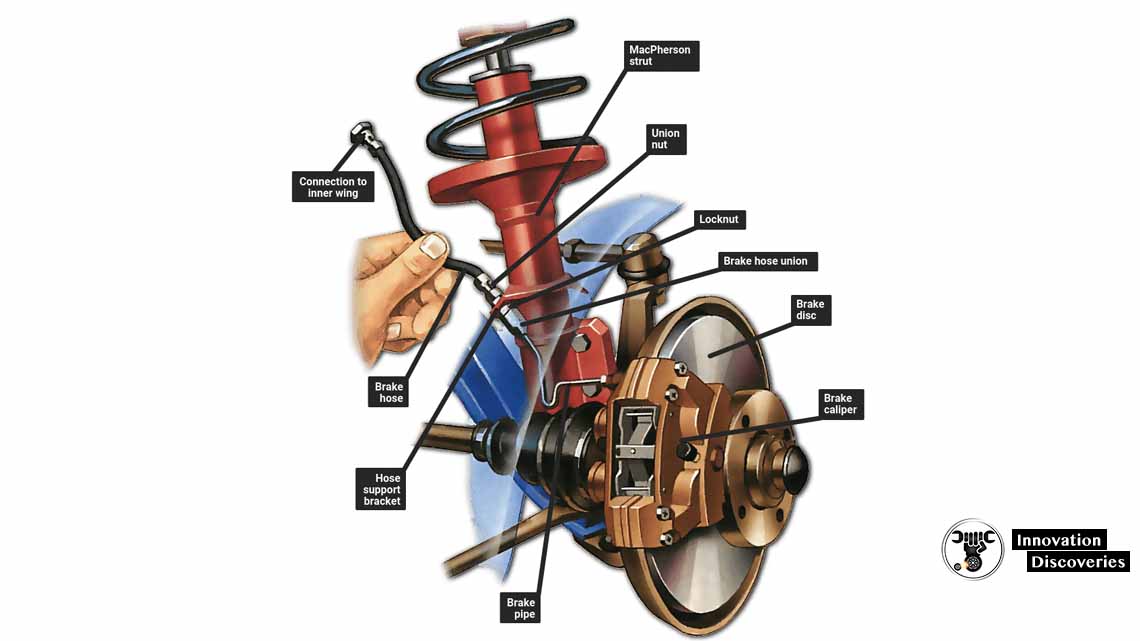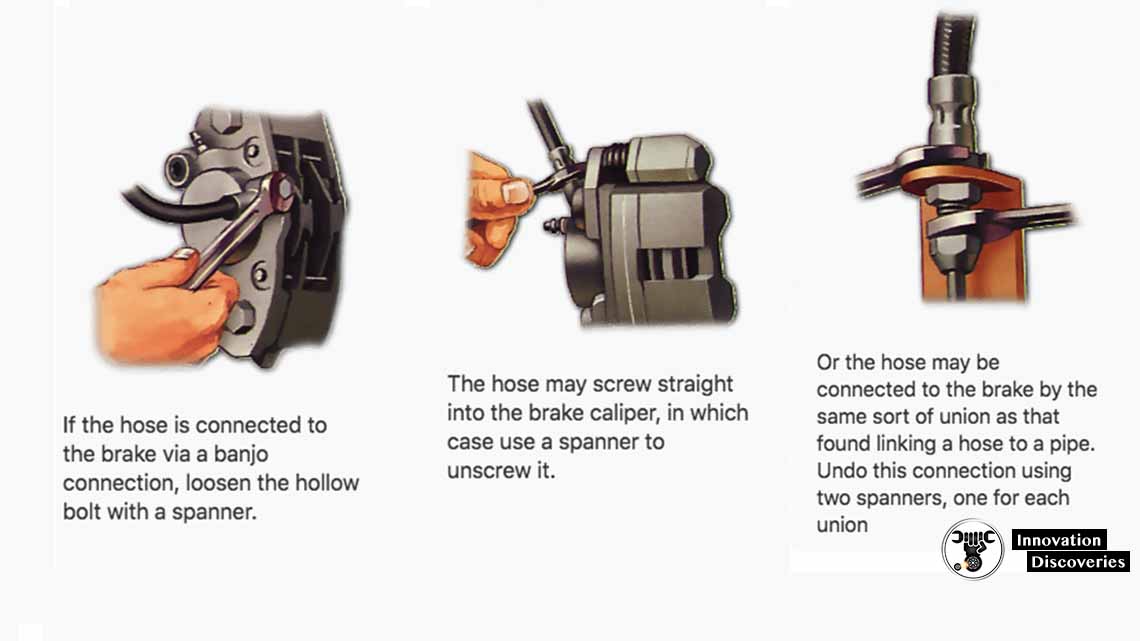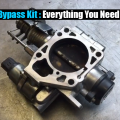The fluid in the car’s braking system runs from the master cylinder to the brakes
Themselves mainly via rigid metal pipes. But there needs to be some flexibility in the
System to allow the wheels to move in relation to the car body,
Whether for the purposes of steering or suspension. This is provided by fitting flexible brake hoses.
SEE MORE:
Brake hoses

All cars have at least two hoses at the front,
One running to each wheel from the brake pipes.
Front and rear
At the front of the car, these hoses run between the pipes and the brakes.
The same arrangement is used at the rear of the car has independent rear suspension. But if it has a live axle,
There is usually just one hose situated in the centre of the axle,
Linking the pipe from the master cylinder to the pipes leading to the rear brakes.
If you suspect that you have a leak in the braking system,
One possible source is the hoses, which should be checked straight away.
Hose checks
If you are inspecting the front hoses,
Turn the road wheel on to full lock to give yourself a better view.
For the rear hoses, you may find you need to use an inspection lamp to see them.
Inspect the whole surface of the hose,
Looking for cracks and chafed or worn patches.
Ask a friend to press the brake pedal while you feel the hose to see if it expands.
If one of the hoses fails any of these tests, you need to replace it.
At the same time, it is safer to replace all the hoses because,
They will all probably be the same age.

Two if it has independent rear suspension.
Three types of hose/brake connection

If the hose is connected to the brake via a banjo connection,
Loosen the hollow bolt with a spanner.
The hose may screw straight into the brake caliper,
In which case uses a spanner to unscrew it.
Or the hose may be connected to the brake by the
Same sort of union as that found linking a hose to a pipe. Undo this connection using two spanners, one for each union.
Hose attachments
How the hoses are plumbed into the rest of the braking system
It depends on what they are attached to.
If the hose joins a pipe,
It will be secured to the bodywork by a bracket so that the hose cannot get damaged by
Flexing with the car’s movements. The end of the hose has a metal union on it that
Passes through the bracket and is held by a nut on the other side. The hose joins to the pipe via a male and female union.
The male formed by the hose and the female by the pipe.
Where the hose runs into the brake assembly,
There are three possible designs of connection. One is a banjo connection, in which the end of the hose consists of a metal ring. The ring is fixed to the assembly by a hollow bolt hollow so that,
It will still allow fluid through to the brake.
The two other alternatives are that the hose screws straight into the caliper,
Or that it is attached to the brake assembly by a union similar to,
That between the hose and the brake pipe.
Before you start removing hoses,
Fit a plastic bag between the top of the brake fluid reservoir and,
Its cap to minimize the loss of brake fluid.
Also, have a roll of cling film and some rubber bands at hand to cover up any holes,
That becomes exposed when you remove the hose.
Removing a hose
To undo a hose or pipe union, fit an open-ended spanner
(or, better still, a split-ring spanner) to the female union.
Fit another spanner to the nut-shaped,
Section on the end of the brake hose union to hold it steady. Use the open-ended or split-ring spanner to undo the pipe union. Move the pipe out of the way,
Then undo the nut on the end of the hose and slide the hose out of the bracket.
Fitting a new hose
This is much the same as taking off the old hoses,
Except that the procedure is reversed. But there are some points to watch out for. Before you fit the new hoses, blow through them with air from your foot pump to;
Make sure that there are no particles of dust or dirt inside.
When fitting the new hoses to their brackets at the pipe unions,
Make sure you use two spanners for this job (above) otherwise you could accidentally bend the bracket. If the hoses are not running in smooth curves when you have tightened them,
Loosen the connections, adjust the hoses and tighten up again.
When all the new hoses are in place, bleed the brakes,
Then get a friend to pump the brake pedal a few times while
You check the hose connection to make sure there are no leaks.
Also, read



Nigeria borno state